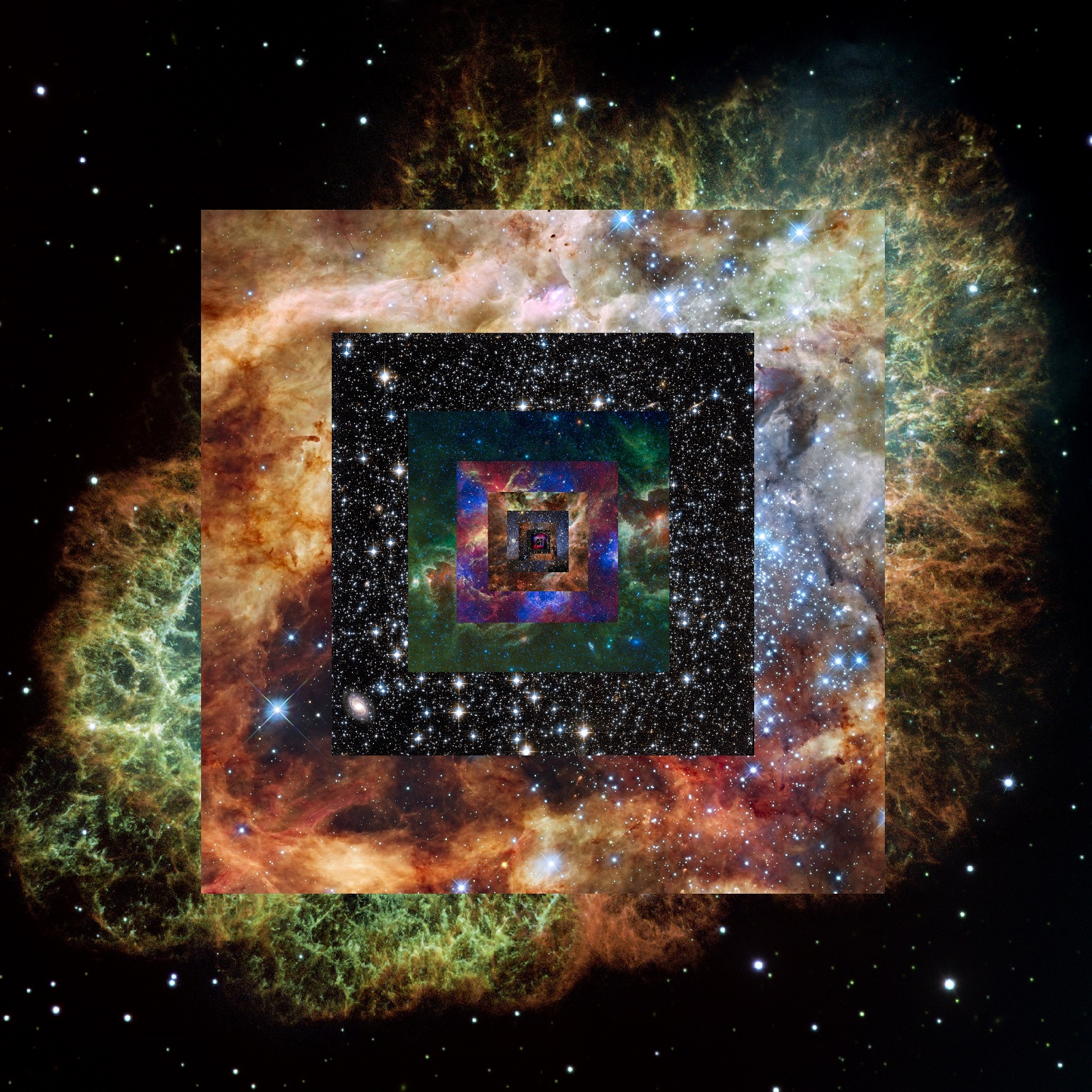
The cosmos is a vast tapestry, woven with countless celestial objects of breathtaking beauty and unimaginable scale. From glittering galaxies to mystifying nebulae, these cosmic wonders reveal the grandeur of the universe and the intriguing laws that govern its formation and evolution. This article explores some of the most impressive objects in the universe, taking you on a journey through the cosmic seas.
The Milky Way: Our Galactic Home
Our own galaxy, the Milky Way, is an impressive structure of cosmic proportions. It’s a barred spiral galaxy, with an estimated 100-400 billion stars swirling around a supermassive black hole at its center. Spanning approximately 100,000 light-years in diameter, our home galaxy is a cosmic masterpiece teeming with stellar nurseries, dazzling star clusters, and mysterious dark matter.
Neutron Stars: The Cosmic Densities
Neutron stars, the remnants of supernovae, are some of the densest objects in the universe. Despite their small size – only about 20 kilometers in diameter – they can pack a mass greater than that of our Sun. These celestial bodies exhibit extreme conditions, with powerful magnetic fields and surface temperatures reaching a million degrees, representing nature’s extremes.
The Andromeda Galaxy: A Spiral Giant
Our closest spiral galaxy neighbor, Andromeda, is an impressive sight. It’s significantly larger than the Milky Way, hosting approximately one trillion stars. Andromeda is on a collision course with the Milky Way, but don’t worry – this cosmic meeting won’t occur for another four billion years. The eventual merger will create a new elliptical galaxy, marking a dramatic future in our cosmic story.
Black Holes: The Enigmatic Monsters
Black holes are some of the most intriguing and powerful objects in the universe. Born from the deaths of massive stars, these celestial objects have gravitational pulls so intense that nothing, not even light, can escape. The discovery of supermassive black holes at the centers of galaxies has reshaped our understanding of galactic dynamics and gravitational physics.
The Cosmic Web: The Universe’s Largest Structure
The cosmic web, the largest known structure in the universe, is an impressive testament to the large-scale structure of the cosmos. Composed of enormous filaments of galaxies separated by vast voids, it reflects the distribution of dark matter throughout the universe. The cosmic web is a beautiful manifestation of the universe’s large-scale structure and the gravitational influence of dark matter.
Conclusion: The Universe – A Symphony of Cosmic Wonders
These impressive objects in the universe are just a fraction of the celestial phenomena that fill the cosmos. Each one, from our home galaxy to the most distant reaches of the cosmic web, tells a story of cosmic evolution, from the birth and death of stars to the formation of large-scale structures. As we continue to explore these cosmic wonders, we deepen our understanding of the universe and our place within it.



